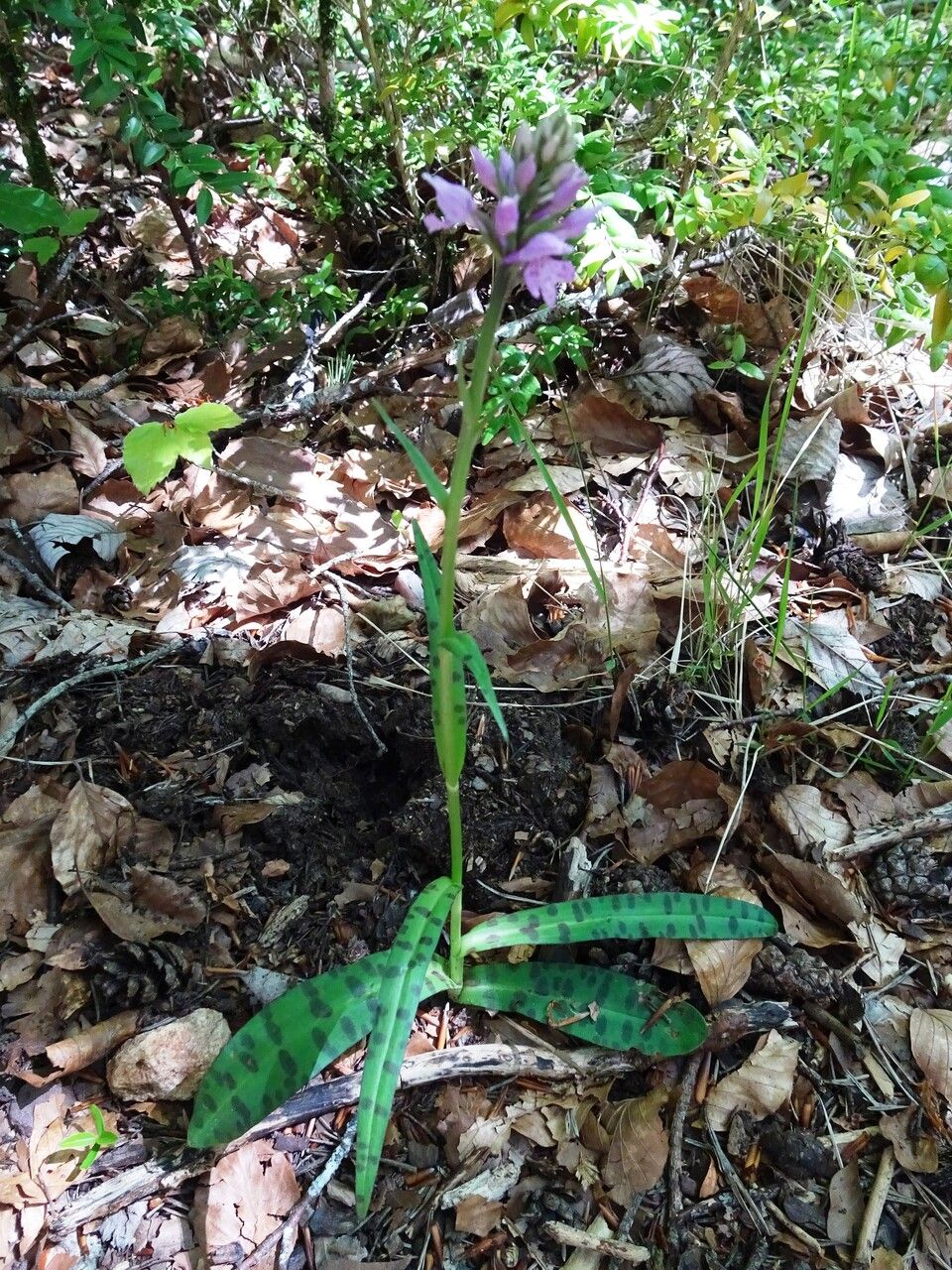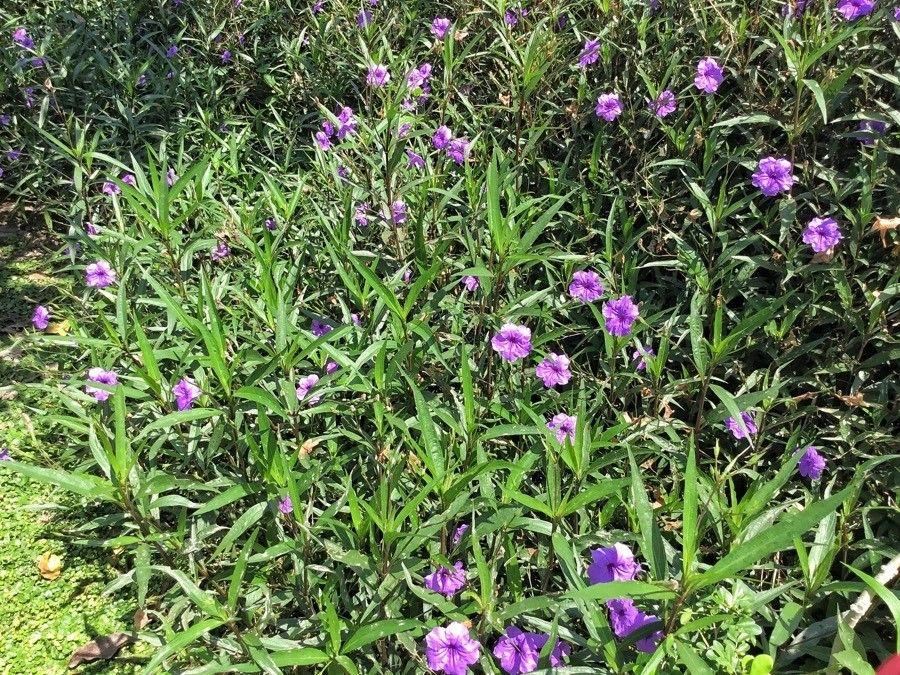## Common Spotted Orchid: A Complete Guide
The Common Spotted Orchid, *Dactylorhiza fuchsii*, is a captivating wildflower that graces meadows, grasslands, and woodland edges across Europe and parts of Asia. Its striking appearance and relative ease of identification make it a favorite among botanists and nature enthusiasts alike. This comprehensive guide will delve into the details of this beautiful orchid, providing you with all the information you need to appreciate and understand this remarkable plant.
### Identification
Identifying the Common Spotted Orchid is relatively straightforward. Look for its tall, slender stems (30-80cm) bearing numerous, densely-packed flowers. These flowers are typically a vibrant pinkish-purple, though variations in color can occur. The defining feature is the distinct purple spotting on the lip (the lower petal) of the flower, hence the common name. The leaves are lance-shaped, often with some purple spotting themselves, and clasp the stem.
### Habitat and Growth
The Common Spotted Orchid thrives in moist, nutrient-rich soils. It favors semi-shaded locations, often found in meadows, woodlands, and along the edges of streams and ponds. It's a terrestrial orchid, meaning it grows in the ground rather than on trees or other plants. These orchids typically prefer slightly acidic to neutral pH levels in the soil. The presence of mycorrhizal fungi is crucial for the orchid’s successful growth, as these fungi form a symbiotic relationship with the orchid’s roots, aiding in nutrient absorption.
### Conservation Status
While generally not considered threatened across its broad range, the Common Spotted Orchid, like many wildflowers, is susceptible to habitat loss due to agricultural intensification and development. Protecting existing populations and promoting responsible land management practices are crucial for ensuring the continued survival of this lovely species. Never pick or disturb these orchids in the wild, allowing them to thrive naturally.
### Cultivation
Cultivating Common Spotted Orchids is challenging and often unsuccessful unless you can replicate their natural environment precisely. Due to their symbiotic relationship with mycorrhizal fungi, successful cultivation requires significant horticultural expertise and often involves specialized propagation techniques. Therefore, admiring these beautiful orchids in their natural habitat is often the best way to enjoy their beauty.
### Similar Species
The Common Spotted Orchid can be confused with other similar *Dactylorhiza* species. Careful observation of flower color, spotting patterns, and leaf shape is crucial for accurate identification. Consulting a field guide specific to your region is highly recommended. If you are unsure about identification, seek advice from local botanical experts or conservation groups.
### Conclusion
The Common Spotted Orchid is a testament to the beauty and complexity of the natural world. By understanding its habitat, growth requirements, and conservation status, we can better appreciate this remarkable plant and work towards its continued protection.
Common Spotted Orchid: Complete Guide

Frequently Asked Questions
How to identify a common spotted orchid?
Look for tall stems with densely-packed pinkish-purple flowers. The key feature is the purple spotting on the lip (lower petal) of each flower, and often spotting on the leaves. Consult a field guide for detailed comparisons.
Where do common spotted orchids grow?
Common Spotted Orchids thrive in moist, nutrient-rich soils in semi-shaded areas. They are often found in meadows, grasslands, woodland edges, and near streams or ponds.


